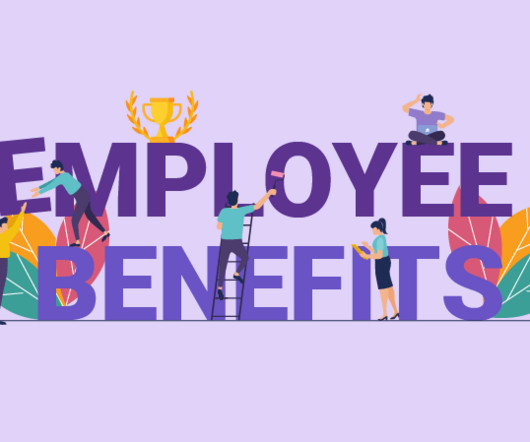What are voluntary benefits?
WEX Inc.
AUGUST 23, 2023
Health Voluntary benefits help employers fill any additional health needs that might not be covered by typical health insurance. Employees can receive more options such as critical illness insurance, disability insurance, and accident insurance, along with additional dental and vision benefits.



















Let's personalize your content